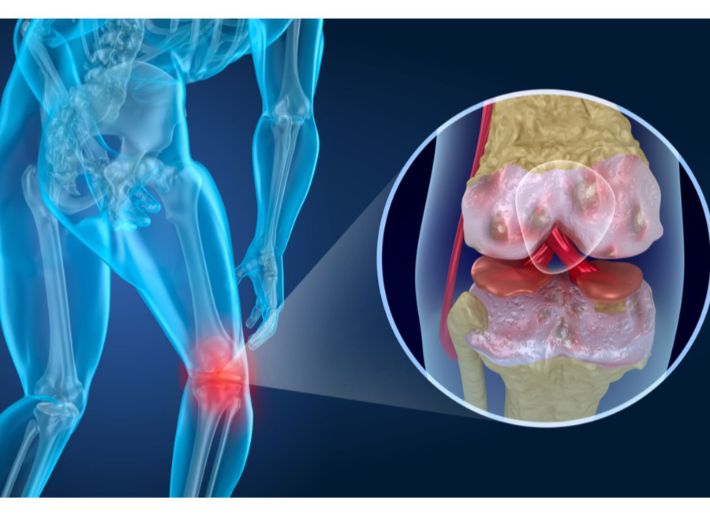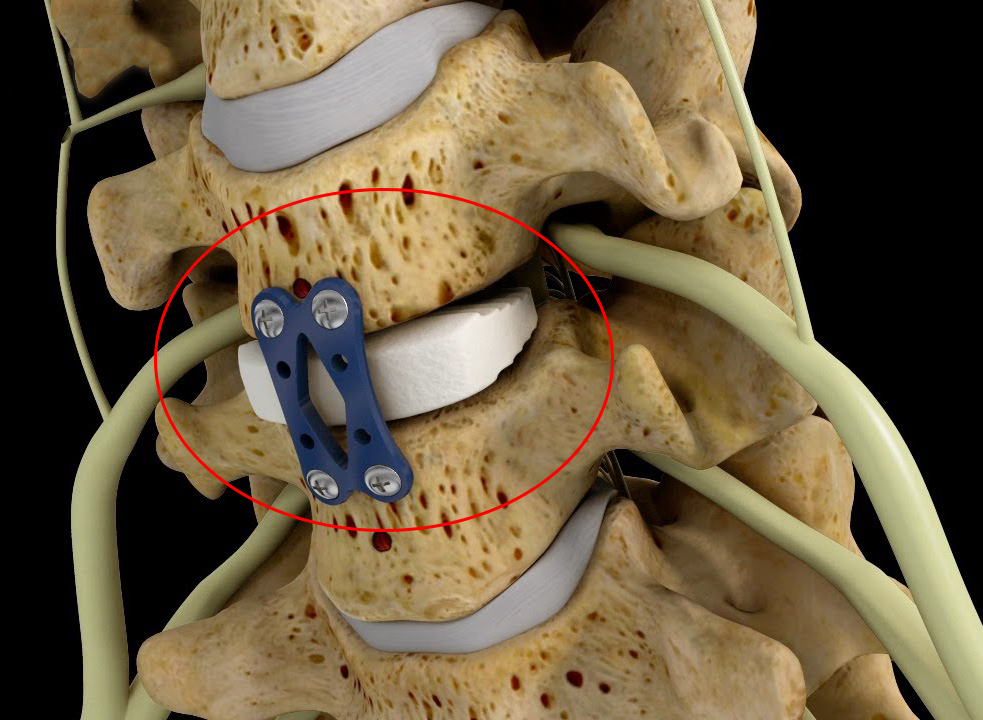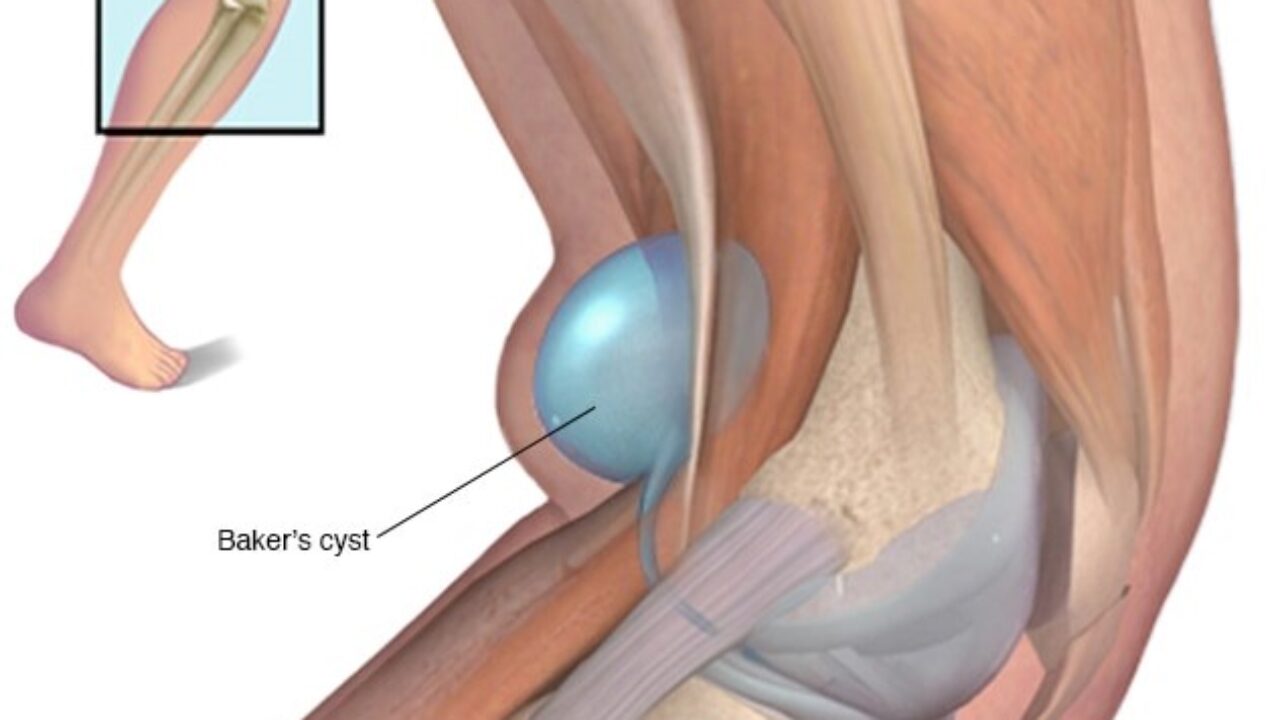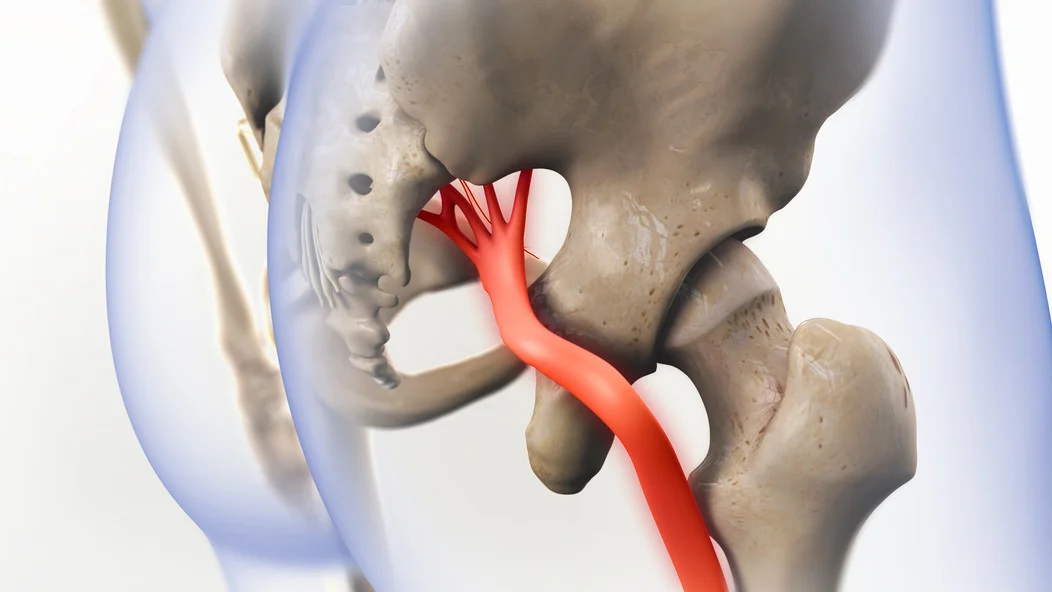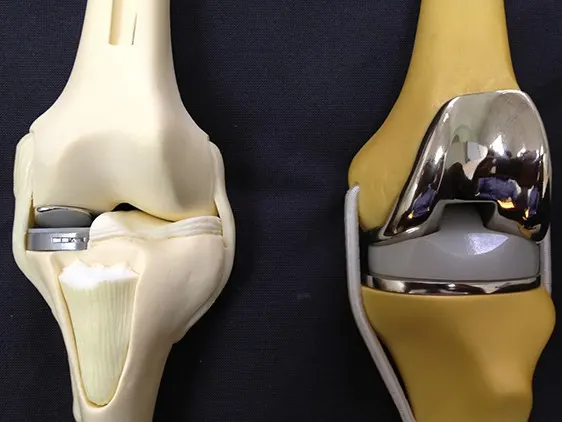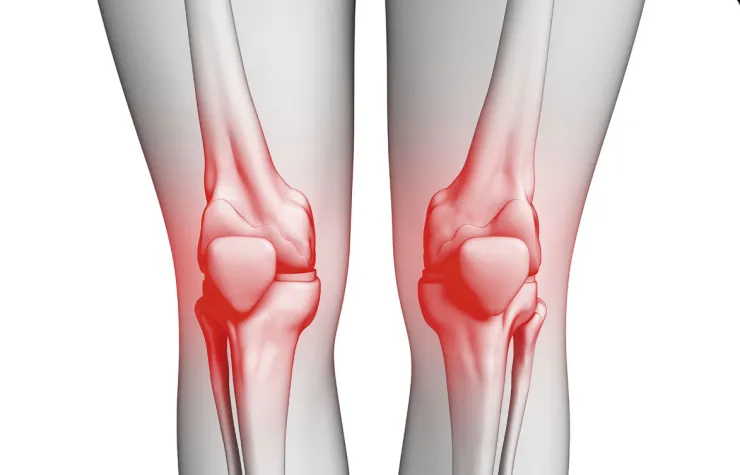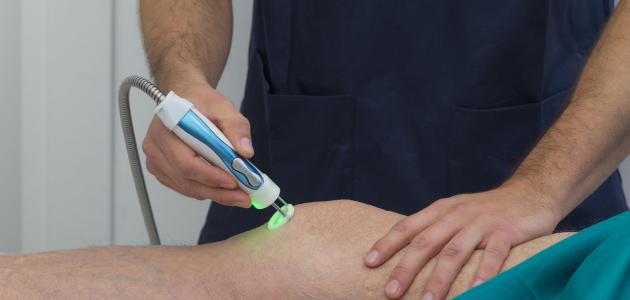“Explore with us how much a bone marrow transplant for children costs in Egypt and when is it needed for a patient?
What is the cost of a bone marrow transplant for children in Egypt? Today, our children may suffer from leukemia and various diseases where the only solution is a bone marrow transplant. Thus, what primarily concerns the reader is the financial cost of this procedure and whether it fits their budget or not. In this article, we will shed light on how bone marrow transplantation is performed, its types in children, and the risks involved, so stay with us.
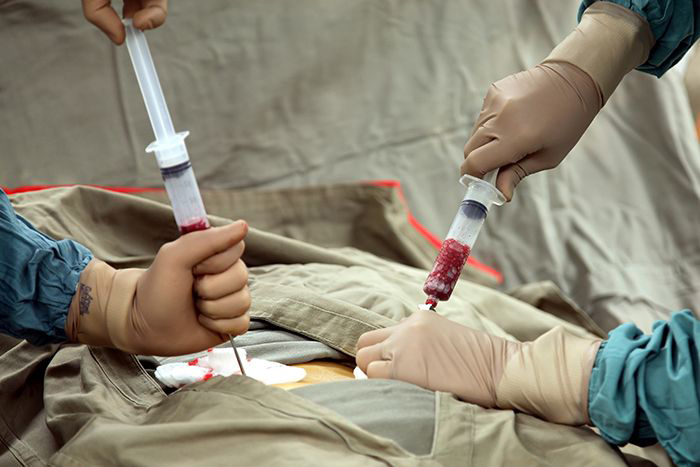
What is the cost of a bone marrow transplant for children in Egypt
Regain hope and give your child a new chance at life with Dr. Amr Amal and his innovative bone marrow transplant procedure.
A bone marrow transplant for children involves numerous diverse procedures, making it a relatively expensive operation. The cost ranges between 200,000 to 300,000 Egyptian pounds. This figure may vary, either increasing or decreasing, depending on the skill, efficiency, and experience of the treating doctor, the level of the hospital where the patient undergoes treatment, and the additional procedures the child needs before and after the surgery. Egypt has witnessed significant advancements in this area in recent years, making it one of the most successful countries in performing this type of operation.
When does a patient need a bone marrow transplant?
A doctor resorts to performing a bone marrow transplant for a patient suffering from one of the following medical conditions:
- Thalassemia.
- Sickle cell anemia.
- One of the types of blood cancers, including leukemia or lymphoma.
- Aplastic anemia.
- Primary amyloidosis.
- Certain immune system disorders.
- Neuroblastoma.
- Multiple myeloma.
Providing hope and healing for our children is our priority. Learn about the exceptional services of Dr. Amr Amal in bone marrow transplantation
What are the Types of Bone Marrow Transplant for Children?
There are several types of bone marrow transplantation for children, which are determined based on the donor to ensure the operation’s success. In this section, we will detail these types, which are as follows:
- Allogeneic Bone Marrow Transplant: In this medical procedure, the donor is someone other than the child, often one of the parents, to ensure a high match rate in stem cells. This is to facilitate the recovery and healing process and to ensure the child’s body accepts the transplant without significant complications.
- Umbilical Cord Stem Cell Transplant: The umbilical cord of the fetus after birth contains stem cells that can be extracted and frozen, pending the bone marrow transplant procedure in the affected child.
- Autologous Stem Cell Transplant: In this procedure, stem cells are taken from the child themselves after being purified and checked for safety. These cells are then re-implanted into the patient’s body, starting the child’s recovery process over time.
For more details regarding bone marrow transplantation and its important types, we recommend reading the following article.

Bone Marrow Transplant for Children
Bone marrow transplantation for children is one of the latest therapeutic methods that significantly help in improving the condition of the affected child, thereby offering them a great deal of relief after pain and fatigue. The patient experiences significant and noticeable improvement during the recovery period. The doctor managing the case conducts a comprehensive examination of the patient and then proceeds with the operation.
Don’t let bone marrow issues stand in the way of your child. Learn about how to provide the best treatment with Dr. Amr Amal.
How Long Does a Bone Marrow Transplant Take?
We understand the importance of your child’s health. Rely on Dr. Amr Amal for a bone marrow transplant that meets the highest quality standards.
A bone marrow transplant is not a surgical procedure in the literal sense, but rather involves transfusing blood from one person to another. It is conducted over several sessions, with each session lasting about 15 minutes. In most cases, anesthesia is not used as the patient does not feel pain during the procedure.

What is the Success Rate of a Bone Marrow Transplant?
The success rate of bone marrow transplants for children varies according to the patient’s medical condition, but in most cases, it achieves a success rate of up to 70%. The rate may increase with the doctor’s care for the patient, providing necessary medical attention, and the patient’s adherence to follow-ups and instructions from the specialist. We guarantee a comfortable and safe experience for your children during the bone marrow transplant with the expertise of Dr. Amr Amal.
Post Bone Marrow Transplant
After the patient undergoes a bone marrow transplant, the medical team monitors their condition throughout the sessions to assess the general health status of the patient and how the body responds to the procedure. This is done through the following procedures:
- The patient continues to follow up with the doctor for a period that may reach up to a year after the procedure to eliminate post-operative complications.
- The specialist doctor monitors the patient’s blood tests after the operation to ensure that the body’s response to the treatment is on the right track and to check the formation of spinal cord cells.
- If the doctor finds an increase in the number of white blood cells in the body, it is a sign that blood cell formation has begun, indicating the success of the operation.
- The end of the patient’s sessions does not mean they leave the hospital. They may stay for a period for follow-up with the medical team to ensure the patient’s health and the impact of the operation on all vital body functions.
If you want to know more details about bone marrow transplant surgery and the patient’s chances of recovery, you can read the following article.
What are the Risks of Bone Marrow Transplantation?
Although bone marrow transplant surgery achieves a high success rate, it can sometimes lead to certain risks and complications for the patient. Most of these issues tend to improve over time and include the following points:
- The patient experiencing numbness in the arms.
- Feeling nauseous and suffering from diarrhea for a period after undergoing the transplant.
- The occurrence of cataracts in the eye lens.
- Severe and continuous bleeding.
- Development of a skin rash on the patient’s body.
- Experiencing problems with the liver and kidneys.
Best Doctor for Bone Marrow Transplantation for Children
The field of bone marrow transplantation for children in Egypt is challenging and requires a doctor with extensive experience and great proficiency to achieve good results. Today, we have with us Dr. Amr Amal, a consultant in orthopedics and joint surgery at Ain Shams University and a specialist in bone marrow transplantation for children. Dr. Amr is distinguished by his reliance on modern methods and techniques in performing surgeries, which saves time and effort and yields successful and impressive results. Despite this, Dr. Amr is one of the best doctors who offer good service at a low cost. If you wish to directly contact Dr. Amr and inquire about specific points, you can visit his official website here.
When Does Immunity Increase After Bone Marrow Transplantation?
The success of a bone marrow transplant depends on how well the body accepts the transplanted stem cells. The procedure is performed to increase the body’s capacity to produce red and white blood cells and platelets, and to improve immunity. However, this naturally takes more time and varies from person to person, but on average, you may notice an increase in immunity between two to three weeks.
If you want to know more about bone marrow transplantation, when it is needed for a patient, and when their immunity increases afterwards, read this article.
Can the Disease Return After Bone Marrow Transplantation?
It is possible for the disease to return after bone marrow transplantation as there is no absolute guarantee of the disease not recurring. Bone marrow transplantation helps the patient’s body eliminate a number of diseases, giving the body a greater chance of recovery. The body becomes capable of autonomously forming blood and improving the chances of recovery. We offer you a unique experience in bone marrow transplantation with Dr. Amr Amal and his specialized team in pediatric care.
Is There Any Harm to the Bone Marrow Donor?
This question is frequently asked by many people who wish to understand the risks of donating bone marrow to the donor. Indeed, it is possible that the donor may face some risks after a bone marrow sample is taken, necessitating medical follow-up. The donor indeed faces some risks after the operation because it requires anesthesia, where a bone marrow sample is taken from an area near the pelvic bones. This procedure can take between one to two hours, and the risks include the following:
- Experiencing headaches due to the anesthesia.
- Feeling muscle pain.
- Having pain in the lower back.
- Feeling fatigue and nausea.
- Potential dizziness, vertigo, and numbness in the mouth.
Therefore, the donor remains under medical supervision for several hours after the operation until it is confirmed that they are safe and capable of returning to their daily activities normally within two to three days after the procedure. For more information related to the risks of undergoing bone marrow transplantation and the potential harm to the donor, click here.

